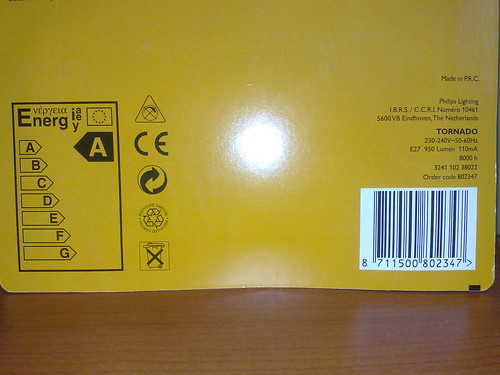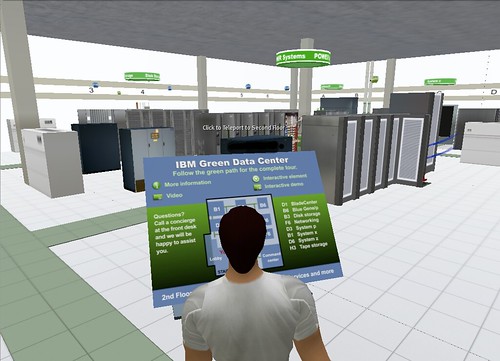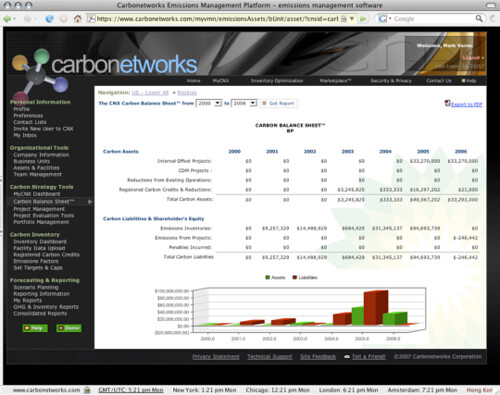
Photo Credit aplumb
I received a press release from HP the other day informing me that HP have
qualified all business PC, printing and server products shipped throughout the United States and Canada for the U.S. Environmental Protection Agency’s (EPA) SmartWay logo labeling program
Perhaps the SmartWay program is well known within the United States but I hadn’t heard of it before so I went to the SmartWay site to have a look.
From the site’s basic information page:
The SmartWay brand identifies products and services that reduce transportation-related emissions. However, the impact of the brand is much greater as the SmartWay brand signifies a partnership among government, business and consumers to protect our environment, reduce fuel consumption, and improve our air quality for future generations.
The site links to the EPS’a Green Vehicle Guide which allows you to compare the fuel efficiency across hundreds of different car models.
However the real meat is in the Smartway Transport section of the site. This is a
collaboration between EPA and the freight sector designed to improve energy efficiency, reduce greenhouse gas and air pollutant emissions, and improve energy security
So responsible haulage companies can join the Smartway program and get help in becoming more efficient and Smartway certified (joining Smartway is free). Smartway certification then means that as well as reducing costs, responsible shipping companies will pick up extra business from companies like HP who are looking to have a greener supply chain.
However, if HP really wanted to show its commitment to Green they could announce their intention to become a carbon neutral company, as Dell has done.
On the other hand, Dell could take a leaf from HP’s book and also receive approval from the EPA to have the SmartWay logo displayed on its product packaging for the compliance of its shipping network. You are only as Green as your supply chain after all!
[Disclosure – Dell are a GreenMonk client company]








